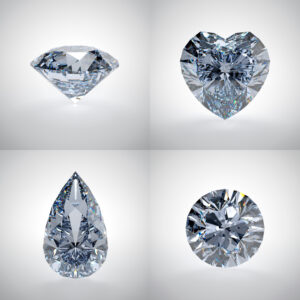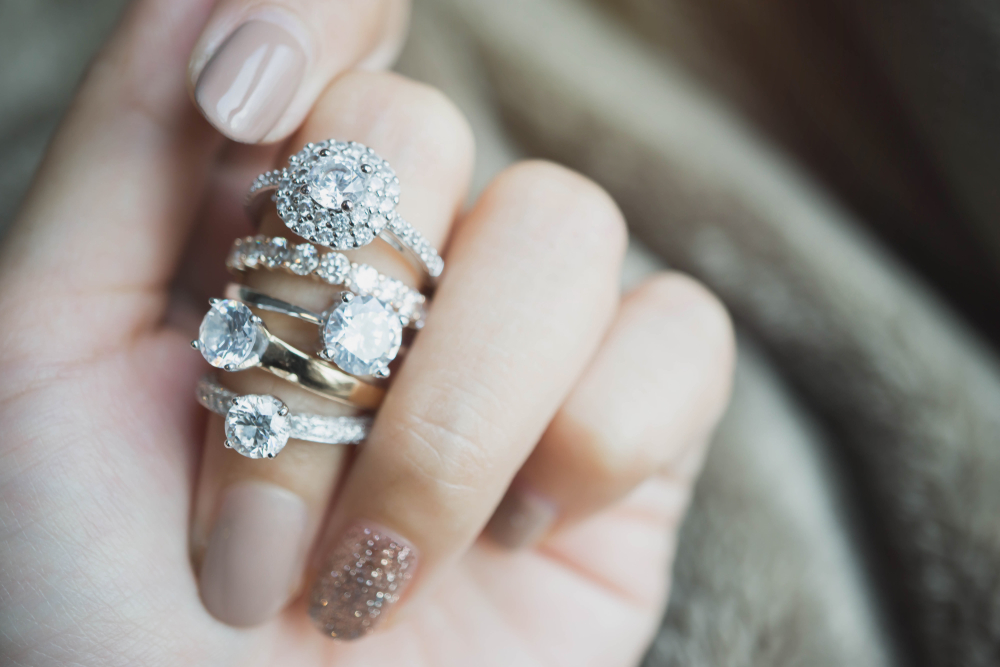
Inclusions are an important quality parameter that determines the value of a diamond. The visibility of diamond inclusions can vary greatly. Diamonds with no inclusions are very rare and valuable. Most diamonds have inclusions, but fortunately, the inclusions in most of them are visible only under a 10x magnification.
The visibility of inclusions is indicated using the term “Clarity” in diamond certificates. The grade is determined based on different properties of inclusions including the size, placement, quantity, and tone. Based on these factors, the inclusions may or may not be visible.
Inclusions can be present in natural as well as lab grown diamonds. However, there are certain differences between the inclusions present in them. These differences in inclusions help gemologists to differentiate between natural and synthetic diamonds.
There are different types of inclusions present in diamonds. Some of them are listed below for your knowledge:
Bearding
This type of inclusion involves hair-like lines that form during the cutting of diamonds. They can be extended from the girdle of the stone into its surface. If there is heavy bearding in the girdle, it can make the diamond look fuzzy and grey.
Cloud
Cloud inclusion is a broad term used for denoting a cluster of crystals/pinpoints found in the stone. This type of inclusion sometimes can have a great impact on the appearance of the diamond.
If the cloud is very dense and big, it can give a hazy appearance to the diamonds and affect the light transmission negatively. But small and diffused inclusion may not be a big issue.
The grading report of your diamond will have a diagram that plots the inclusions in the stone. As the inclusions can be unique for each stone, this diagram can be beneficial for identifying your stone from others.
Crystal

This type of inclusion occurs if the diamond contains another crystal. Based on the type of minerals present in diamonds, their colors can vary. For example, if the diamond contains another diamond, then it can be colorless. However, some other elements can give different colors to diamonds. Carbon makes the crystal black, whereas, garnets, give a reddish color. As colored inclusions are more visible to the naked eyes, they are less desirable.
Some other forms of inclusions present in natural diamonds include feathers, needles, knots, pinpoints, and graining.
But when it comes to lab grown diamonds, they carry metallic inclusions. Therefore, when getting diamond rings, make sure to check the grading report to find out the type of inclusions present in your stones.
